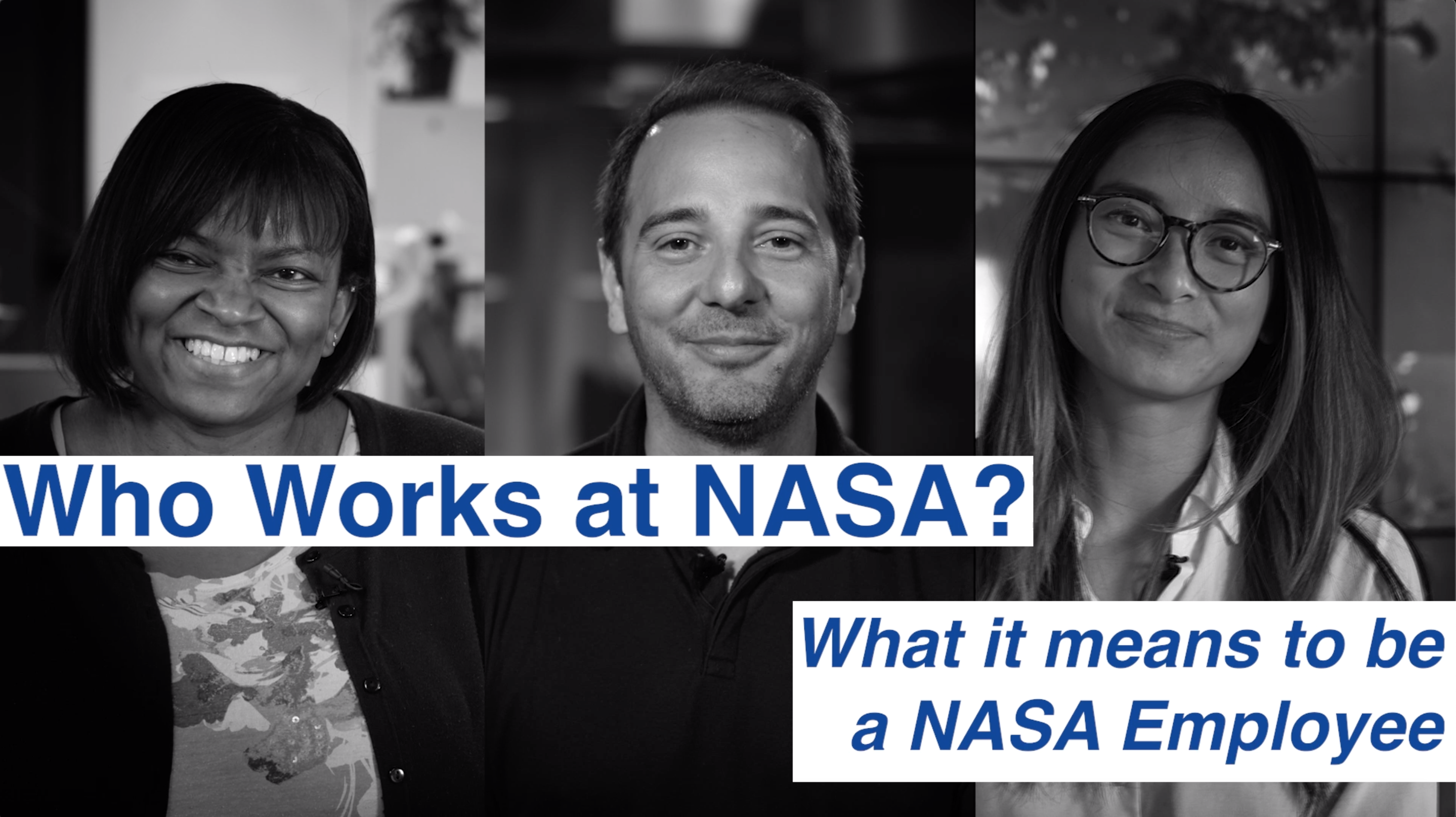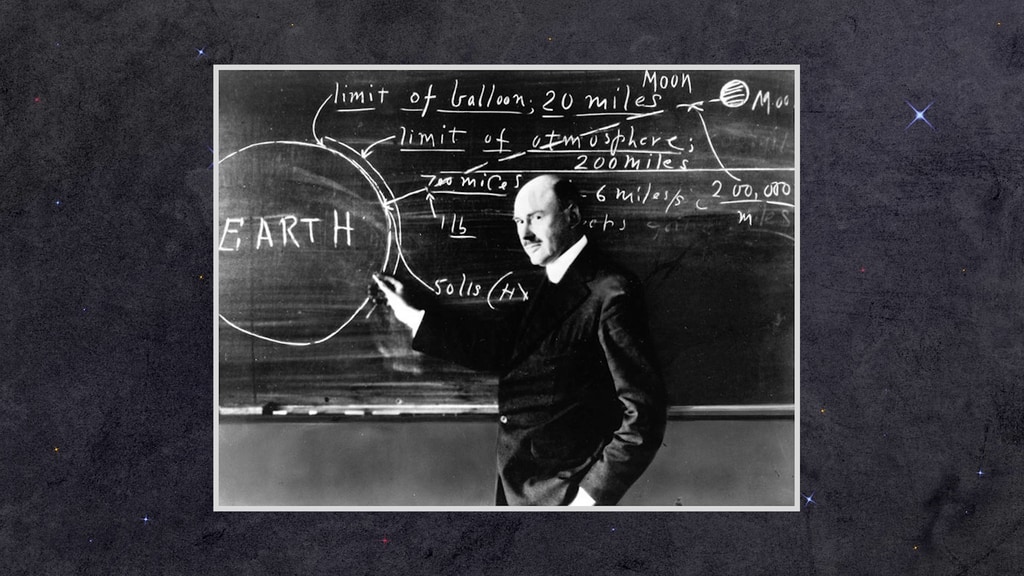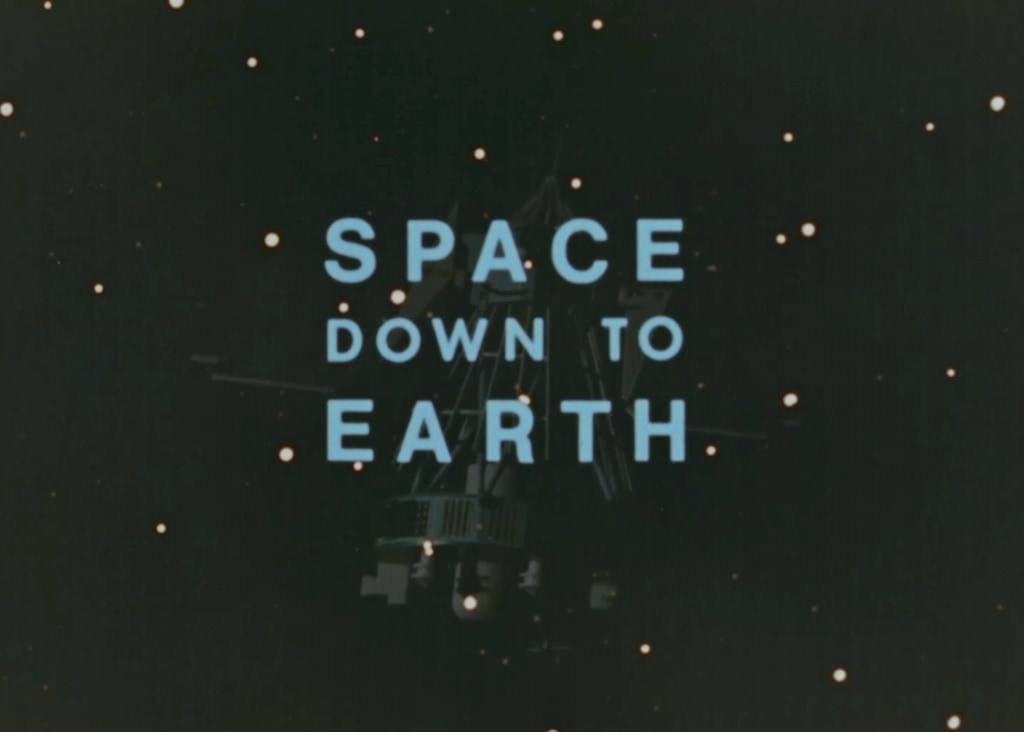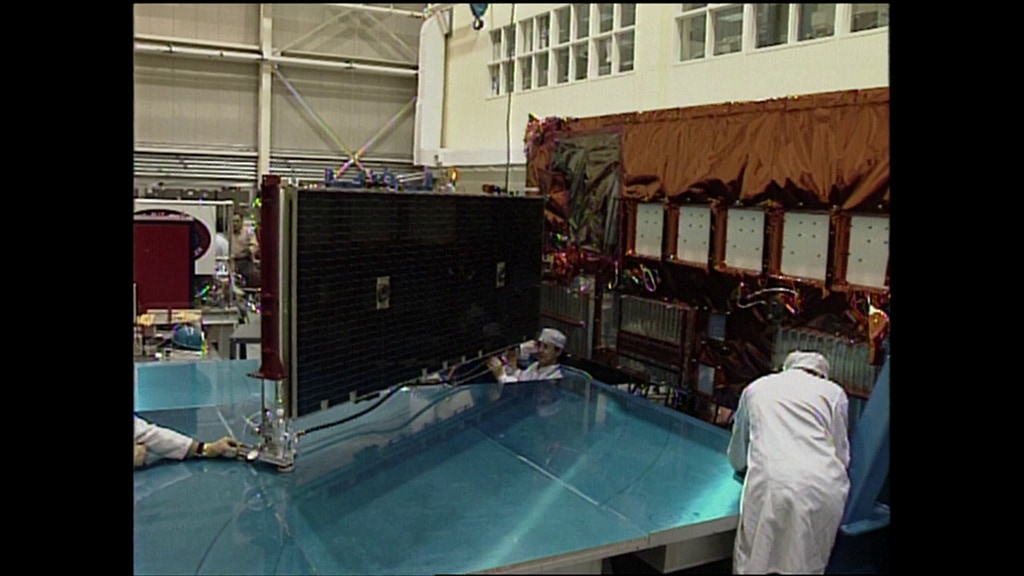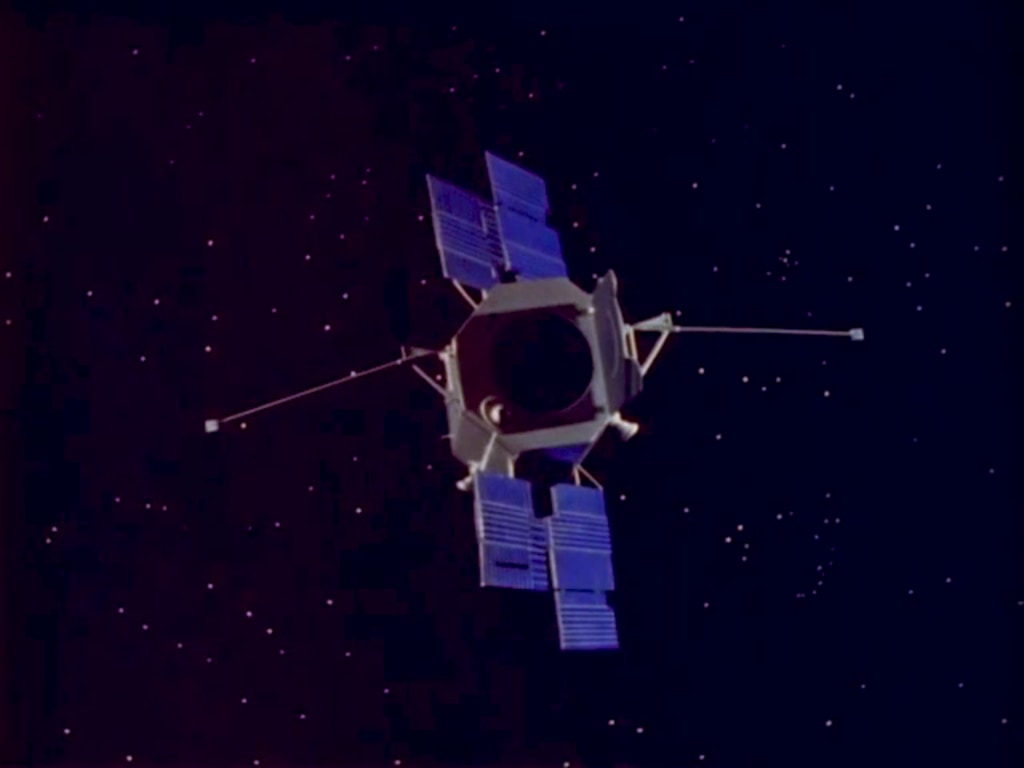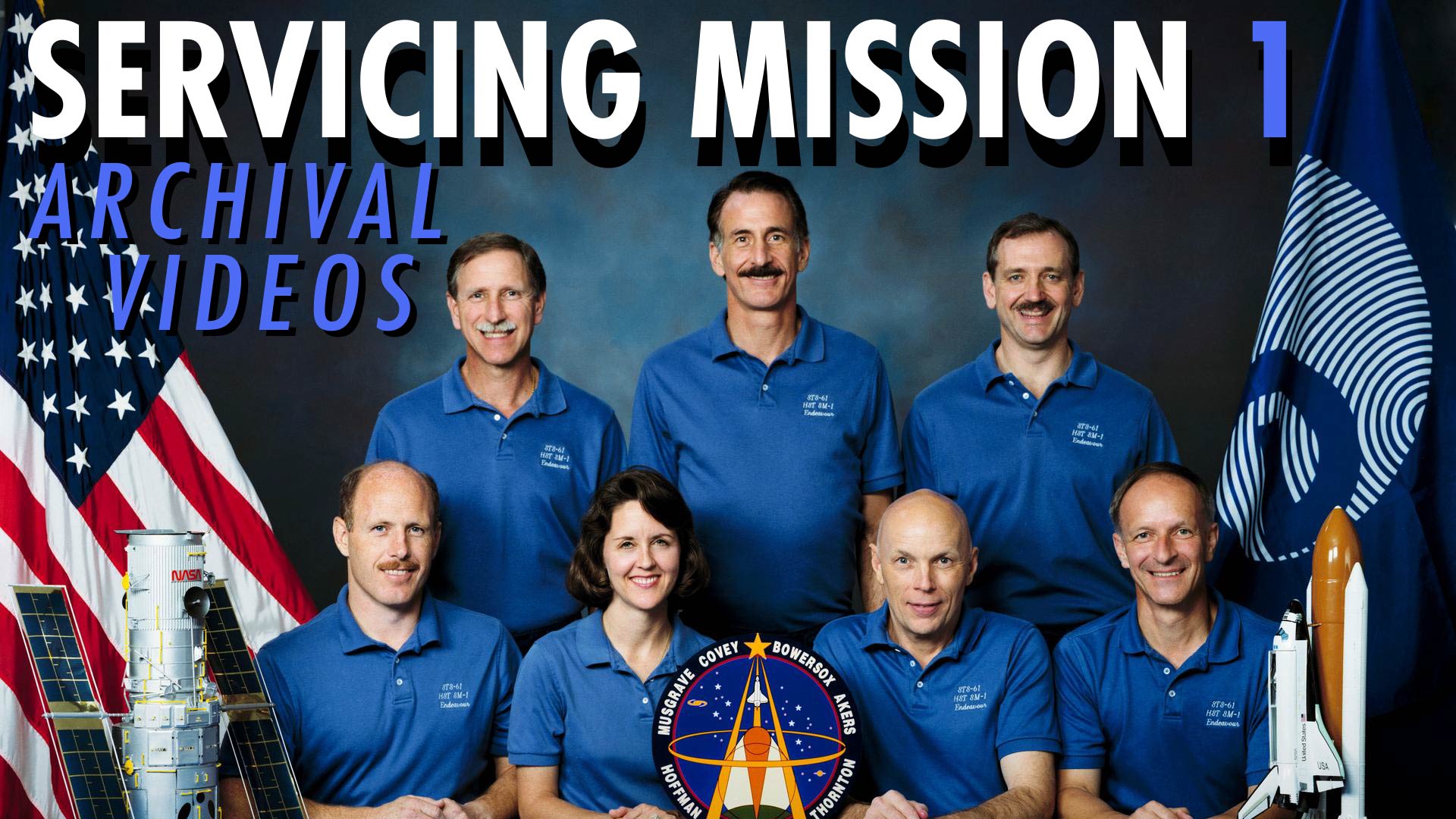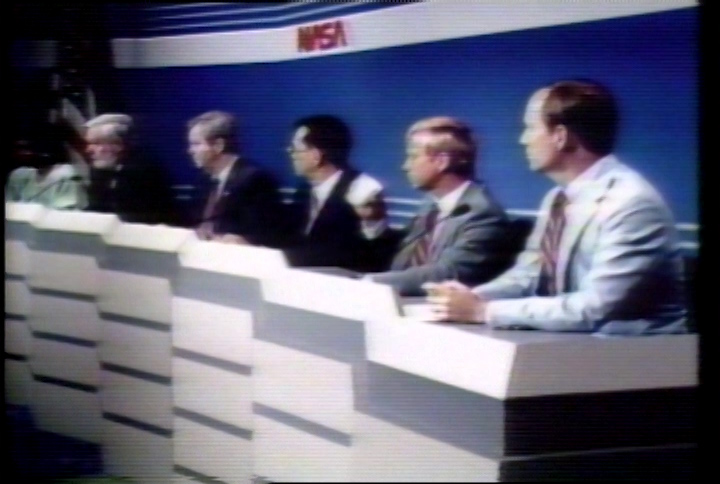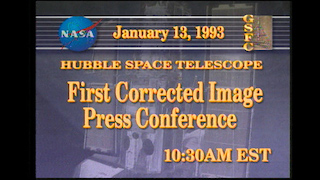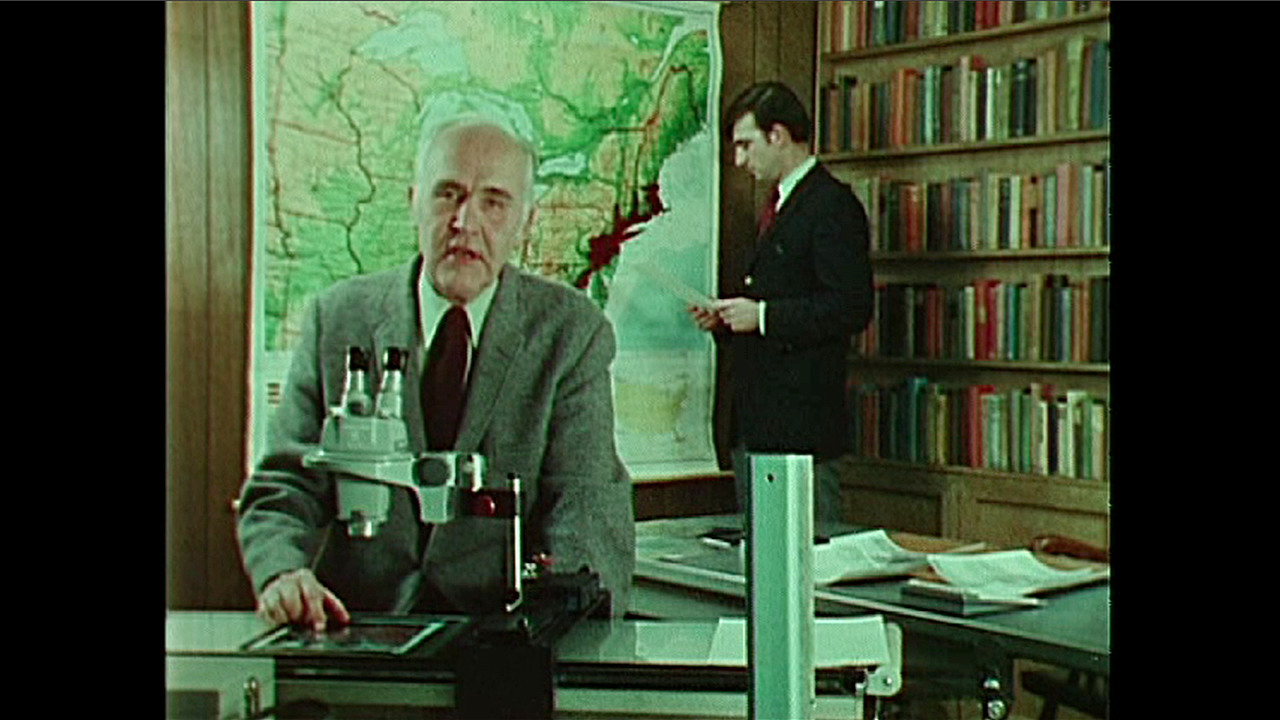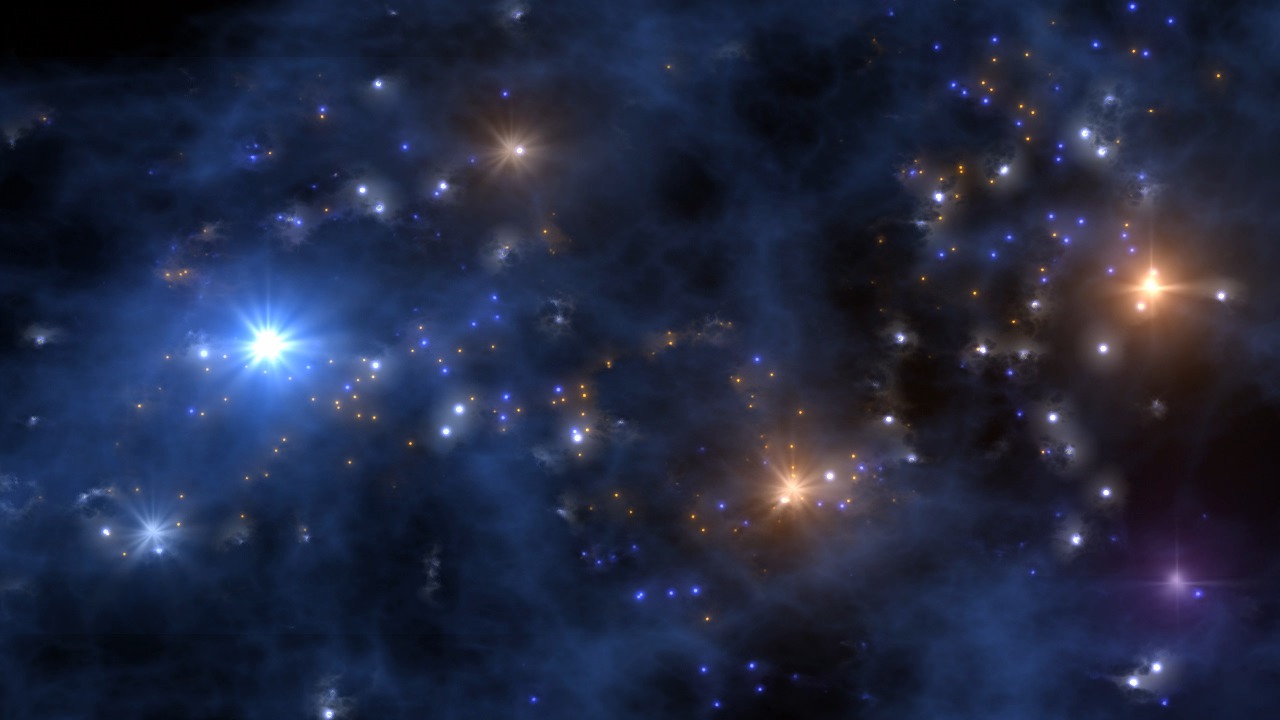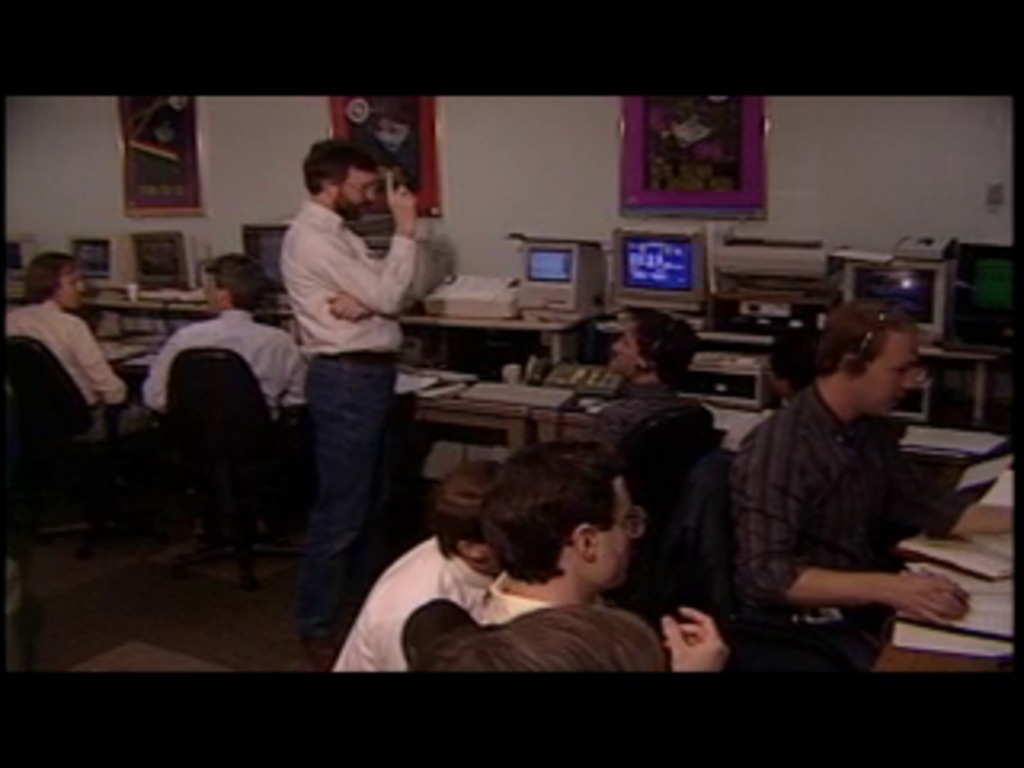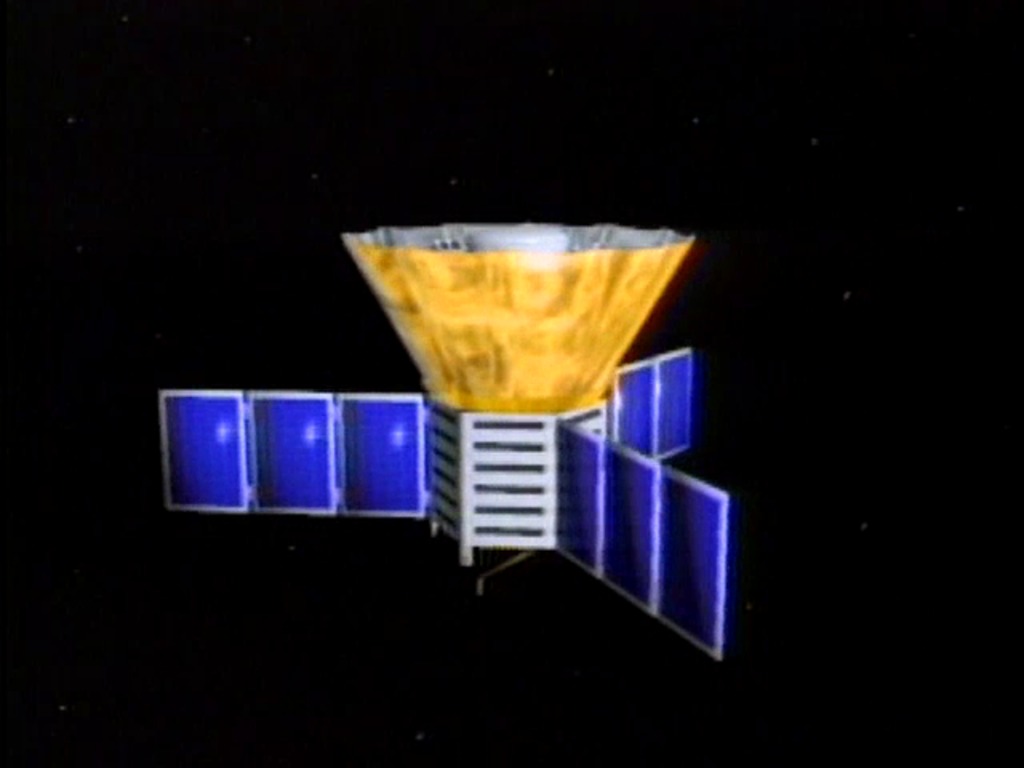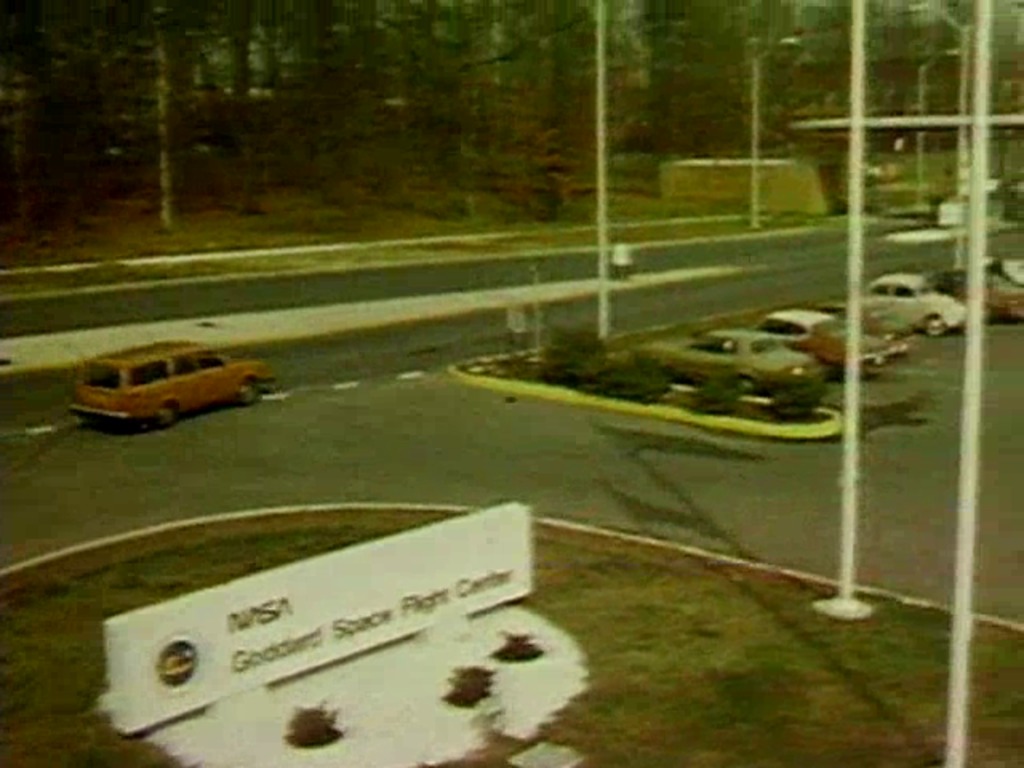Goddard at 60
On July 29, 1958, President Eisenhower signed the National Aeronautics and Space Act, establishing the National Aeronautics and Space Administration. When it began operations on October 1, 1958, NASA consisted mainly of the four laboratories and some 80 employees of the government's 46-year-old research agency, the National Advisory Committee for Aeronautics (NACA). Goddard Space Flight Center was established on May 1, 1959 as NASA's first space flight center.
In celebration of its 60th year, we look back at the innovations and scientific impacts the women and men of Goddard have made throughout its history.
Explore End Tag Version. This version uses a NASA Explore Theme end tag animation.
Music: "Downloading Landscapes," "Virtual Memory," "Momentum," "History in Motion," Killer Tracks Music
Complete transcript available.
Goddard End Tag Version. This version uses a Goddard specific animation ending.
Music: "Downloading Landscapes," "Virtual Memory," "Momentum," "History in Motion," Killer Tracks Music
Complete transcript available.
Speakers in order of appearance:
James Kupperian, Jr., Orbiting Astronomical Observatories Project Scientist
John Mather, COBE Principal Investigator
Jean Olivier, HST Deputy Project Manager
Douglas Broome, HST Program Manager
David Leckrone, HST Project Scientist
Barbara Mikulski, US Senator, Maryland
Claire Parkinson, Aqua Project Scientist
Marshall Shepard, TRMM Project Scientist
Michael Mumma, Planetary Scientist
George Simnett, SOHO/LASCO Scientist
Charles Bennett, WMAP Principal Investigator
Jennifer Wiseman, HST Program Scientist
Cathy Peddie, LRO Deputy Project Manager
Jennifer Eigenbrode, Mars Science Laboratory Scientist
Eric Christian, IBEX Mission Scientist
Julie McEnery, Fermi Project Scientist
C. Alex Young, SDO Scientist
Jim Garvin, GSFC Chief Scientist
Eugene Parker, Astrophysicist
Amber Straughn, JWST Deputy Project Scientist
Neil Gehrels, Swift Principal Investigator
Michelle Thaller, NASA Astrophysicist
Temilola Fatoyinbo, Research Scientist
Piers Sellers, Earth Science Division Director
Chris Scolese, Goddard Center Director<>
John F. Clark, Goddard Center Director
Credits
Please give credit for this item to:
NASA's Goddard Space Flight Center
-
Producers
- Ryan Fitzgibbons (USRA)
- Swarupa Nune (InuTeq)
-
Project support
- Wade Sisler (NASA/GSFC)
- Alexander Velle (SAIC)
- Robert C. Garner (USRA)
- Genna Duberstein (USRA)
- Sophia Roberts (Advocates in Manpower Management, Inc.)
- Scott Wiessinger (USRA)
-
Animator
- Bailee DesRocher (USRA)
-
Interviewees
- John Mather (NASA/GSFC)
- Jennifer Wiseman (NASA/GSFC)
- Cathy Peddie (NASA/GSFC)
- Claire Parkinson (NASA/GSFC)
- J. Marshall Shepherd (University of Georgia)
- Charles Bennett (Johns Hopkins University)
- Eric R. Christian (NASA/GSFC)
- Julie McEnery (NASA/GSFC)
- Piers Sellers (NASA/GSFC)
- Amber Straughn (NASA/GSFC)
- David Leckrone (NASA)
- James Garvin (NASA, Chief Scientist Goddard)
- C. Alex Young (NASA/GSFC)
- Neil Gehrels (NASA/GSFC)
- Michelle Thaller (NASA/GSFC)
- Jennifer Eigenbrode (NASA/GSFC)
- Michael Mumma (NASA/GSFC)
- Temilola Fatoyinbo (NASA/GSFC)
Release date
This page was originally published on Monday, April 29, 2019.
This page was last updated on Wednesday, May 3, 2023 at 1:45 PM EDT.
